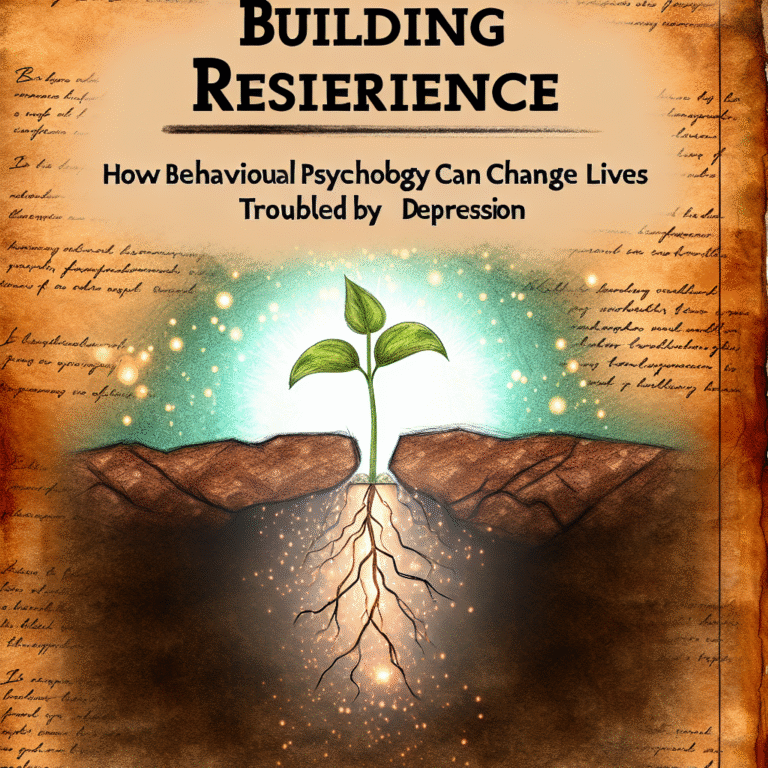
The Ultimate Guide: Feel Free to Modify or Combine These Suggestions to Best Fit Your Articles!
Introduction
In today’s fast-paced digital landscape, content creation is both an art and a science. Quality content isn’t just about writing well; it’s about understanding your audience and crafting messages that resonate. The phrase "Feel free to modify or combine these suggestions to best fit your articles!" embodies the flexibility needed to adapt ideas to your unique voice and brand. Whether you’re managing a blog, a corporate site, or a personal portfolio, the ability to tailor suggestions to meet the specific needs of your articles is invaluable. This guide will empower you with insights and strategies to do just that.
Understanding the Value of Adaptation
Why Tailoring Content Matters
Adapting content isn’t merely about changing a few words; it’s about reshaping ideas to fit your audience. Here’s why this is critical:
- Audience Engagement: Tailored content speaks directly to your reader’s interests and needs, making them more likely to engage with it.
- SEO Optimization: Search engines reward content that is relevant and valuable to users. By customizing your approach, you increase your chances of ranking higher.
- Brand Voice: Every brand has a distinct voice. Modifying suggestions lets you maintain consistency and authenticity.
Case Study: BuzzFeed’s Content Strategy
BuzzFeed is a prime example of the power of tailored content. With its catchy headlines and shareable posts, BuzzFeed often takes trending topics and modifies them to suit various audiences. For instance, their "13 Reasons Why" articles are adapted from real-life situations that appeal to specific demographics, proving the effectiveness of modifying suggestions to fit articles.
Analysis:
BuzzFeed’s approach demonstrates that successful content isn’t just about what’s popular; it also involves understanding your audience. By combining trending ideas with tailored insights, they captivate millions each month.
Crafting Unique Articles: Step by Step
Step 1: Specify Your Audience
Before you modify or combine suggestions, pinpoint your target audience. Who are they? What do they care about? Create personas to clarify your audience’s demographics, interests, and pain points.
Example Persona Table:
| Persona Name | Age Range | Interests | Pain Points |
|---|---|---|---|
| Tech-Savvy Tina | 25-35 | Gadgets, Startups | Lack of practical guides |
| Fitness Frank | 30-45 | Health, Nutrition | Confusion about diets |
Step 2: Gather Ideas
Begin by collecting a diverse array of ideas and suggestions that align with your themes. Consider brainstorming sessions or collaborative inputs, where you "feel free to modify or combine these suggestions to best fit your articles!"
Brainstorming Techniques
- Mind Mapping: Visualize connections between various ideas.
- SWOT Analysis: Evaluate strengths, weaknesses, opportunities, and threats related to your content.
Step 3: Synthesize Suggestions
Now it’s time to weave together your collected suggestions. Look for patterns or themes that stand out, and combine relevant ideas.
Case Study: Buffer’s Content Creation
Buffer, a social media management tool, excels at synthesizing suggestions from its team. They utilize a shared document where team members contribute ideas, which the content team then modifies to fit their tone. For instance, they might take a trending social media tip and adjust it with their unique voice while ensuring it resonates with their user base.
Analysis:
Buffer’s collaborative and adaptive approach ensures its content remains fresh and relevant, demonstrating how combining diverse ideas can lead to standout articles.
Step 4: Implementing an Engaging Format
The structure of your article is just as important as the ideas within it. Friendly and inviting layouts keep readers engaged.
Recommended Format:
- Interactive Elements: Include polls or quizzes.
- Visuals: Utilize relevant images and infographics.
- Subheadings: Make your content skimmable by using clear subheadings.
Step 5: Optimize for SEO
Incorporate your key phrase, “Feel free to modify or combine these suggestions to best fit your articles!”, thoughtfully throughout your content. Use natural variations and long-tail keywords to improve search engine visibility without compromising the readability of your article.
SEO Strategy Table:
| SEO Element | Best Practices |
|---|---|
| Keyword Density | 1-2% of total word count |
| Title Optimization | Include keywords near the front |
| Meta Descriptions | Summarize content with keywords |
| Header Tags | Use H1, H2, and H3 strategically |
Conclusion
Crafting articles that captivate and resonate with your audience doesn’t have to be a daunting task. By embracing the mantra “Feel free to modify or combine these suggestions to best fit your articles!”, you not only create unique content but also connect deeply with your readers. Remember to adapt your approach based on audience feedback, and keep your content engaging and informative.
Actionable Insights
- Experiment Regularly: Test different formats and tones.
- Engage with Your Audience: Ask for feedback and make adjustments accordingly.
- Stay Informed: Keep an eye on industry trends to ensure your suggestions remain relevant.
FAQs
1. How can I identify my target audience?
Define demographics, collect data through surveys, and analyze social media interactions to get a clear picture of your audience.
2. What are effective methods to gather ideas?
Brainstorming, research on trending topics, and engaging in discussions with peers can all provide a wealth of ideas.
3. Is SEO really that important?
Yes, SEO helps your content to be discovered online. It increases visibility, bringing more traffic to your site.
4. How often should I modify my content?
Regularly analyze performance metrics and audience feedback to determine when modifications are necessary.
5. Can I reuse previous suggestions?
Absolutely! Revisit past articles and update them with fresh perspectives, data, or examples to keep your content relevant.
By focusing on your audience, being flexible with ideas, and committing to continuous improvement, you can create articles that not only attract attention but also retain reader interest. Now that you’re equipped with these strategies, it’s time to dive into your content creation journey with confidence!
















